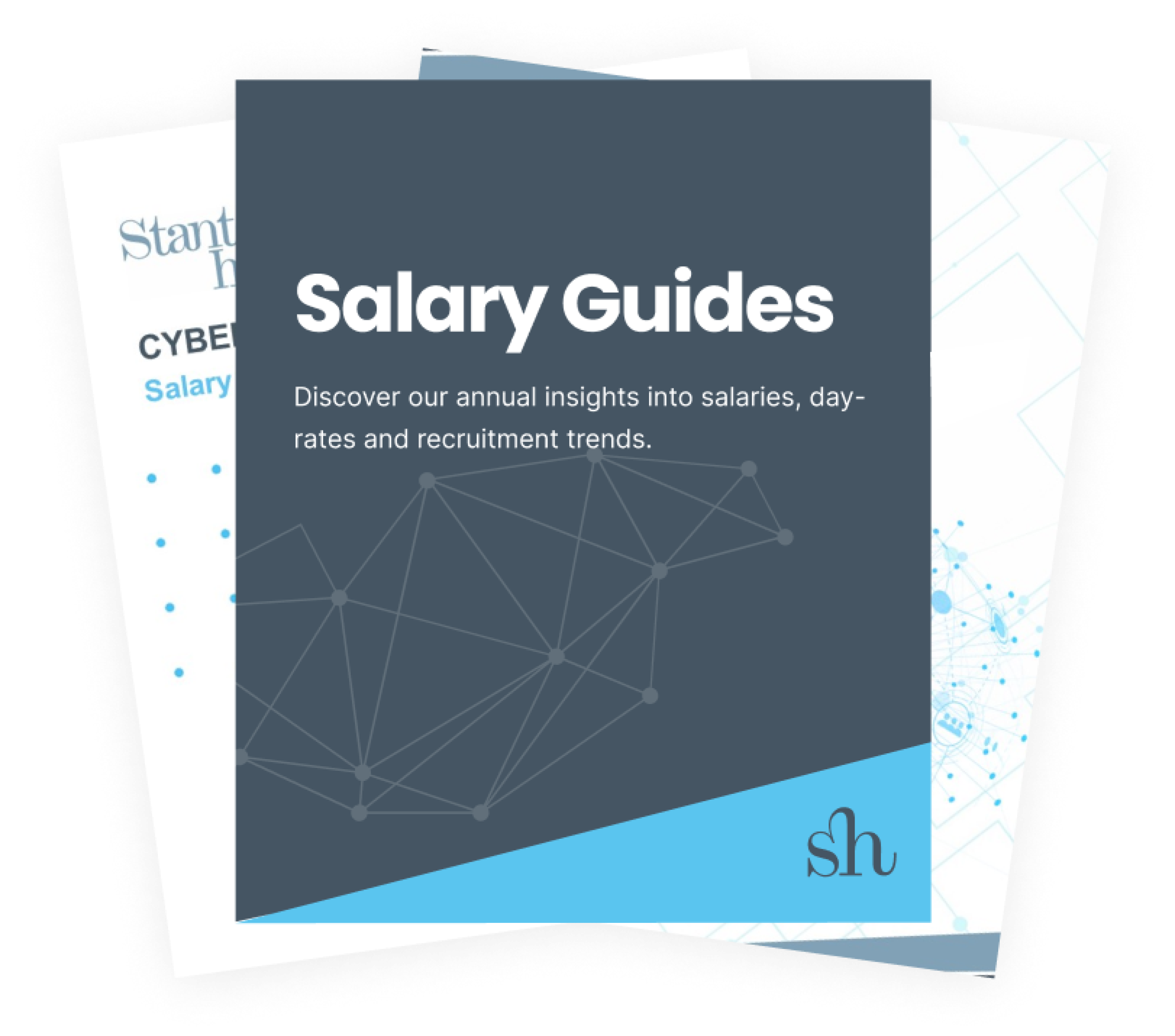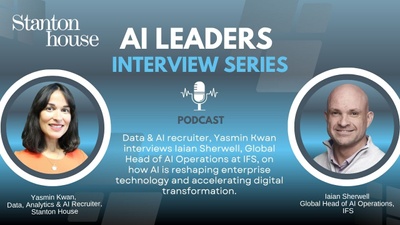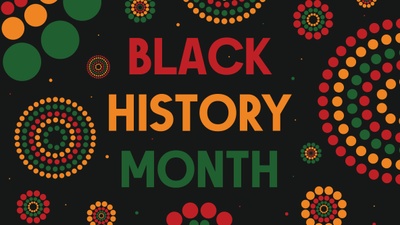
Skills-First Hiring: Why It Matters More Than Ever
As organisations grapple with the rapid pace of technological advancement, economic uncertainty, and a growing imperative to build inclusive workplaces, one hiring philosophy is gaining traction: skills-first hiring. The idea is simple but powerful – prioritising a candidate’s skills over traditional credentials like degrees or job titles.
This shift, which began as a trend among tech giants and startups, has now entered the mainstream. In 2020, only 40% of employers reported adopting skills-based hiring practices. By 2024, more than 60% had done so - and in the US alone, 19% of job postings no longer require a degree, up from 15% in 2021.
But this isn't just a semantic shift in recruitment language. It’s a structural pivot with the potential to radically democratise access to opportunity, diversify workforces, and future-proof hiring strategies in an age defined by transformation.
What Is Skills-First Hiring?
Skills-first hiring is the practice of prioritising a candidate’s capabilities, experience, and potential over their academic qualifications or linear career history. It shifts the focus from “Where did you go?” to “What can you do?”
Rather than filtering applicants by degree status or years in a role, skills-first strategies assess candidates based on competencies - whether that’s technical skills, human-centred capabilities like communication and collaboration, or adjacent experiences that demonstrate adaptability.
This approach doesn’t mean degrees don’t matter. It means they aren’t the default proxy for potential.
This principle is also central to the World Economic Forum’s report ‘Putting Skills First’, which emphasises that unlocking untapped talent pools and increasing labour market agility depends on shifting from credentials to competencies. For more on how this shift challenges traditional ideas of merit and fairness in hiring, read our Outspoken piece: Diverse Hiring & Merit – What ‘Best’ Really Means.
The Skills Shift Is Already Here
According to LinkedIn's 2025 Work Change Report, by 2030, 70% of the skills used in most jobs will have changed.
In other words, half the skills required to succeed in a role today may not be relevant just two years from now.
This disruption is largely fuelled by AI adoption, which is not replacing all jobs, but transforming how they’re done. Professionals today are already adapting: the pace at which LinkedIn members add new skills to their profiles has increased by 140% since 2022.
And organisations are catching up. The World Economic Forum reports that 85% of employers plan to prioritise upskilling their workforce by 2030. Yet the same report finds that while 63% of employers say they face skilled talent shortages, only 30% are rethinking education requirements to diversify the talent pool.
But as AI becomes more embedded in hiring processes, there’s a growing risk of reducing diversification to a tick-box exercise. Candidates may feel compelled to game the system - optimising CVs to beat applicant tracking systems (ATS) - rather than authentically presenting their skills and experiences.
Even more concerning, AI tools themselves can reflect and perpetuate the very biases they were meant to solve. If trained on historic hiring data, algorithms may inadvertently favour candidates from overrepresented backgrounds or penalise those with non-linear careers. Without human oversight and inclusive design, skills-first intentions can get lost in translation. We explored this dilemma in depth in our Outspoken article: Is Your Algorithm Killing Diversity?
Why Skills-First Equals More Inclusive
A skills-first approach isn’t just about keeping up with change – it’s a cornerstone of workplace equity. Traditional hiring models often privilege people with access to elite education or linear career paths, creating systemic barriers for underrepresented groups. By contrast, skills-first hiring evaluates individuals based on what they can do, not where they’ve been.
Research shows that filtering candidates by degree excludes more than half of the US workforce. Roughly 70 million Americans - known as STARs (Skilled Through Alternative Routes) - have developed relevant capabilities through community college, bootcamps, apprenticeships, or on-the-job learning.
What’s often overlooked is that skills aren’t only built in formal settings. Work experience outside of traditional employment - like being a parent, a carer, or navigating economic hardship - can cultivate critical capabilities such as resilience, time management, empathy, and problem-solving under pressure. These lived experiences offer real-world insight and adaptability that can be just as relevant as any qualification. A truly skills-first approach recognises that potential is shaped by many paths, not just the conventional ones.
According to the World Economic Forum, a global shift to skills-based hiring could activate over 100 million underutilised workers, many of whom have given up job-seeking due to systemic barriers like a lack of credentials.
This is what inclusion looks like in 2025. It's not just about improving diversity statistics - it's about systematically unlocking potential that has previously been overlooked.
AI Has Changed the Game – Again
The rise of generative AI has injected new urgency into the case for skills-first hiring. Tools like ChatGPT and Copilot are rapidly reshaping roles across industries - not by replacing professionals, but by augmenting how work is done. In response, demand for non-technical professionals with AI literacy has skyrocketed, with job listings referencing AI-related skills increasing sixfold in the past year.
The professionals thriving in this new landscape are those who combine digital capabilities with distinctly human qualities: communication, adaptability, and empathy. In fact, according to LinkedIn, communication was the #1 most in-demand skill in 2024, and employees developing AI expertise were 13x more likely to also build human-centric strengths like change readiness.
Business leaders are responding by prioritising uniquely human strengths - the kinds of skills AI can’t replicate. According to the World Economic Forum’s Future of Jobs Report, approximately 73% of organisations identified creative thinking as a top priority when considering talent for the future. As work becomes increasingly interdisciplinary, collaboration and lateral thinking are becoming essential to both innovation and resilience.
To truly harness AI’s potential, organisations must move beyond hiring for fixed roles and instead build agile, skill-based talent strategies. A skills-first approach allows businesses to identify real-world capabilities across the workforce - uncovering who can be upskilled, redeployed, or coached into hybrid roles that blend tech fluency with human insight.
Put simply: AI may be changing what we do, but it’s skills and adaptability that will determine who succeeds in doing it.
Benefits Beyond Hiring
Many organisations remain stuck in the traditional “build versus buy” debate, questioning whether to develop internal talent or recruit externally to close skills gaps. A skills-first approach offers a more agile alternative: it enables smarter, data-driven deployment of talent based on current capabilities and future potential. Rather than defaulting to new hires or relying solely on generic learning pathways, employers can use skills intelligence to identify who can be reskilled, redeployed, or promoted into evolving roles.
Organisations that embrace a skills-first approach not only expand their talent pools and diversify their shortlists, they also consistently report:
- Better alignment between role requirements and candidate strengths
- Faster time-to-hire
- Higher retention rates, particularly in early-career roles
- Greater internal mobility and more effective upskilling pathways
In fact, companies that excel at internal mobility retain employees nearly twice as long (5.4 years vs. 2.9 years) compared to those that don’t. Research from Deloitte also found that skills-first organisations are 63% more likely to achieve key business outcomes, including innovation and financial performance.
These results are no accident. A skills-first mindset enables a more dynamic, inclusive, and future-ready workforce - not just for today’s roles, but for the ones that haven’t been invented yet.
As roles evolve and AI reshapes how work gets done, organisations are also rethinking the very structure of work. Companies are increasingly moving away from rigid job descriptions and toward “skills pixelation” - the unbundling of jobs into task-level components that can be matched to specific skill sets.
This modular approach enables faster, more agile deployment of talent across functions and teams. But to do it effectively, businesses must first map and manage their workforce’s skills. And while the intent is there, execution can be messy. Many HR leaders are overwhelmed by the sheer complexity of moving to a skills-based model - particularly when it comes to defining which skills are critical, forecasting future capabilities, and creating a consistent taxonomy across roles and functions. Without clarity on these fundamentals, even the most ambitious skills-first strategies risk stalling at the starting line.
Those that succeed gain a clear advantage: they can pivot faster, scale innovation, and fill capability gaps from within, rather than relying solely on external hiring.
Case Studies in Action
Unilever has embedded a skills-first approach by developing a framework of over 600 internally endorsed skills, used for self-assessments, talent mobility, and hiring decisions. Through this model, they estimate they can reportedly unlock 50% of previously trapped workforce capacity. Crucially, the success of this transformation was driven by consistent leadership engagement, visualisation tools like heatmaps, and a strong cultural foundation for change.
Siemens implemented “My Skills,” a digital tool integrated into their learning platform that maps over 1,800 skills across 800 roles. With more than 41,000 employees using the tool, it helps individuals and managers build personalised development plans. Their strategy demonstrates how data-driven learning ecosystems support smarter hiring, internal mobility, and proactive workforce planning.
These examples show that when skills, data, technology, and leadership align, organisations can do far more than optimise recruitment - they can transform how talent flows through the business.
Practical Advice for Leaders
At Stanton House, we believe a skills-first approach isn’t just a talent strategy – it’s a responsibility. We’re in the business of placing people in work. But our impact goes beyond placements - it’s about reimagining how skills, opportunity, and equity come together in the world of work.
As AI redraws the boundaries of what’s possible, skills-first hiring helps mitigate exclusion, opens up hidden talent pools, and injects agility into recruitment. It also supports our clients' broader goals – whether that’s improving diversity metrics, solving capability gaps, or adapting to new technologies.
This approach is not just about fairness. It’s about resilience.
If your organisation is exploring a skills-first hiring model, here are five ways to get started:
- Lay the data foundations Being skills-first isn’t just about how you hire - it’s about how you operate. Treat skills data like any other core infrastructure. Build a consistent skills taxonomy, assess your existing talent base, and connect your workforce capabilities to your evolving business needs.
- Rethink job descriptions Audit your roles and remove unnecessary degree or experience requirements. Focus on the outcomes you need, and the capabilities required to deliver them.
- Invest in skill-based assessment tools Use simulations, case studies, and skills-based screening methods to evaluate talent more equitably.
- Expand your definition of potential Consider candidates from non-traditional backgrounds, industries, or career paths - especially those who’ve shown a commitment to learning or growth.
- Upskill internally Skills-first isn’t just for hiring – it’s a lens to apply to internal mobility. Create progression pathways based on skill development, not just tenure.
- Bridge AI and human capability Equip teams with AI tools and training in human skills. Foster collaboration between tech and people to solve problems in new ways.
- Invest in cultural change Skills-first is as much about mindset as it is about mechanics. It isn't just a tweak to your hiring process, it’s a strategic transformation that requires a shared vision, embedding a culture that values adaptability over pedigree and investment in tools that map and manage skills.
Closing Thoughts
As organisations prepare for the future of work, skills-first hiring offers a way to do more than fill roles. It’s a chance to widen the gate instead of just raising the bar. To build teams that are not only high-performing, but also diverse, adaptable and ready for what’s next.
Because in a world that’s changing fast, the best hire isn’t always the one with the right CV – it’s the one with the right capability, mindset, and potential.
Crucially, a skills-first model also makes AI adoption more inclusive. It allows organisations to look past narrow role definitions and identify people with the aptitude to thrive in augmented or newly emerging roles.
Whether it’s leveraging AI tools for problem-solving or training teams to interpret AI-driven insights, the ability to redeploy talent based on skill - not job title - is what will set future-ready companies apart.
Sources
- LinkedIn 2025: Work Change Report
- LinkedIn 2024: Global Talent Trends
- LinkedIn 2023: Skills First Report
- World Economic Forum 2023: Putting Skills First Report
- World Economic Forum 2023: Future of Jobs Report
- Deloitte Insights 2022: The Skills Based Organisation



















